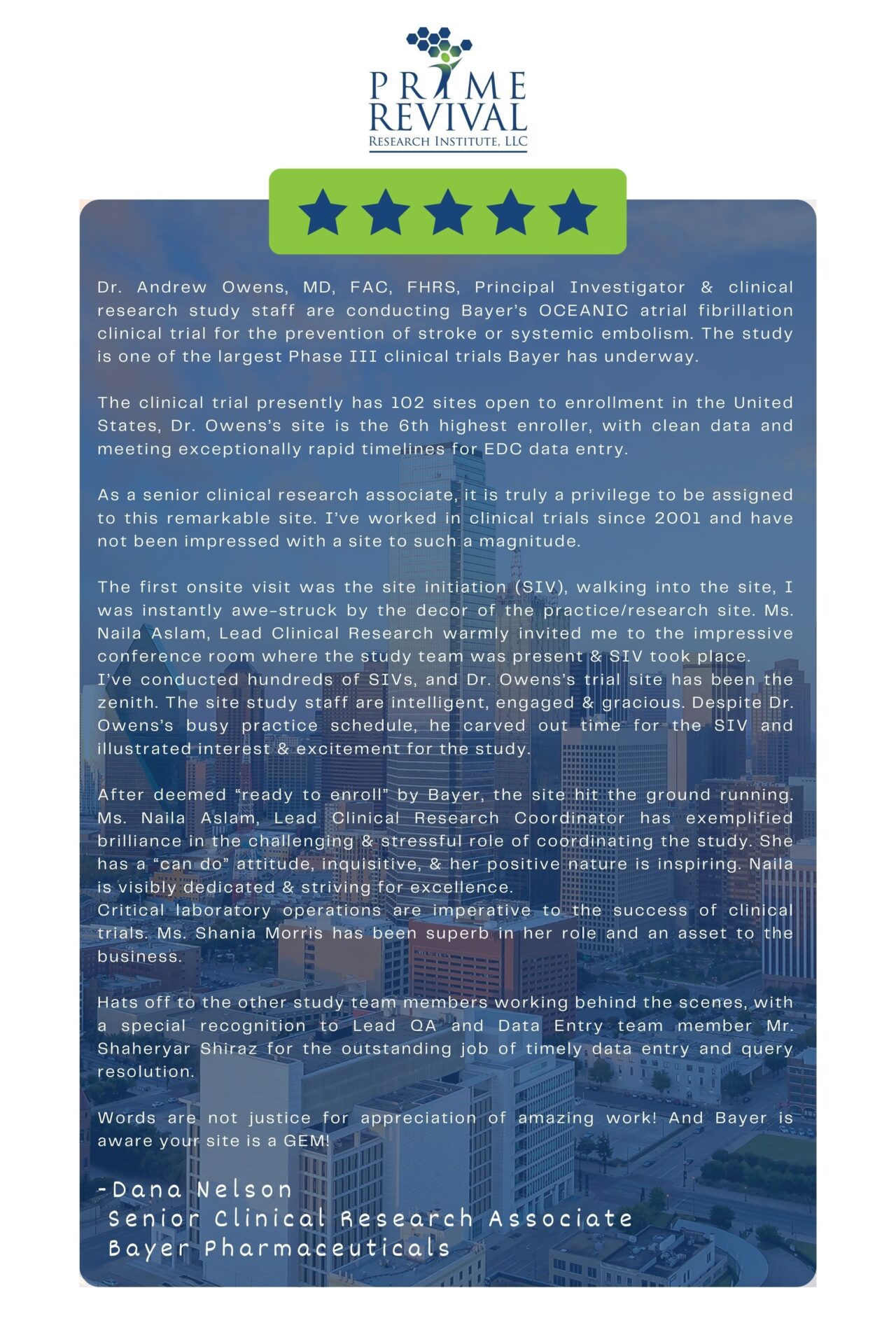Last Updated on June 12, 2023
Overview of Hypercholesterolemia vs Hyperlipidemia
Hyperlipidemia is an umbrella term for acquired and genetic conditions linked to increased lipid (triglyceride, fats, and cholesterol) levels. Hypercholesterolemia is a subtype of hyperlipidemia with HDL (good cholesterol) levels below 60 mg/dL. Neither hyperlipidemia nor hypercholesterolemia produces evident clinical symptoms. Therefore, it is crucial to get routine blood tests (Lipid profile) after a certain age, usually 35 years for males and 45 years for females. Individuals with hypercholesterolemia vs hyperlipidemia require close monitoring to prevent the risk of death from stroke and heart complications.
A comprehensive management plan encompassing dietary and lifestyle modifications might help reduce LDL levels (bad cholesterol) and triglycerides. Enrollment in clinical trials expedites the delivery of novel alternatives to assist individuals with hypercholesterolemia vs hyperlipidemia. Thus, Prime Revival Research Institute is committed to advancing novel therapies through hyperlipidemia clinical trials. Participate today to learn more.
Here is an informative read on hypercholesterolemia vs hyperlipidemia, and all you need to know about the condition, its complications, management, and much more.
Key Differences between Hypercholesterolemia vs Hyperlipidemia
Both hypercholesterolemia and hyperlipidemia are associated with increased circulation of lipids in the blood, as diagnosed via blood tests. Although they may share some similar consequences, such as atherosclerosis and cardiovascular disease, they share distinct differences based on:
Definition
- Hyperlipidemia: Individuals with hyperlipidemia present with elevated levels of lipids, including cholesterol and triglycerides, in the bloodstream.
- Hypercholesterolemia: On the other hand, individuals with hypercholesterolemia present high cholesterol (HDL or LDL) in the blood but not triglycerides.
Lipid Profile
- Hyperlipidemia: In individuals with hyperlipidemia, diagnostic tests indicate increased levels of various types of lipids, including triglycerides.
- Hypercholesterolemia: In individuals with hypercholesterolemia, diagnostic tests illustrate above-normal levels of LDL cholesterol (bad cholesterol) or total cholesterol (over 190 mg/dL in adults).
Hypercholesterolemia vs Hyperlipidemia: What Is More Dangerous?
Hyperlipidemia is often used interchangeably with hypercholesterolemia and vice versa. Although there is no significant difference between the two conditions, hyperlipidemia is more common than hypercholesterolemia. In addition, hypercholesterolemia, although it falls under the same domain, it does not include triglycerides.
Individuals with hyperlipidemia vs hypercholesterolemia exhibit ominous symptoms caused by high cholesterol levels in the blood. In terms of criticalness, Hyperlipidemia is potentially more dangerous if left untreated. Both conditions can result in cardiovascular events, including heart attack, stroke, and other health conditions, such as diabetes. Therefore, incorporating healthy lifestyle changes with aging is crucial.
Diagnostic Signs and Symptoms Of Hypercholesterolemia vs Hyperlipidemia?
As a result of increased lipid content, with mainly bad cholesterol acting as the real culprit, both conditions contribute to the development of cardiovascular diseases, including atherosclerosis, coronary artery disease, heart attacks, and strokes.
The signs and symptoms associated with hypercholesterolemia vs hyperlipidemia are not evident clinically until heart symptoms show up. Some other symptoms suggestive of abnormal fat accumulation in the body are:
- Xanthomas: Yellowish cholesterol deposits under the skin, often around the eyelids, elbows, knees, and buttocks.
- Xanthelasmas: Yellowish cholesterol deposits around the eyelids.
- Chest pain and Headache: Accumulation of fat in the major vessels of the heart restricts blood flow to the brain and heart, causing angina (chest pain) and headaches.
- Shortness of breath: Fat deposits in the major blood vessels can lead to breathlessness, especially during strenuous exercise or mild forms of physical activity.
- Numbness or tingling: Reduced blood flow to the extremities may cause numbness and tingling in the hands or feet.
What Causes Hypercholesterolemia vs Hyperlipidemia?
While hypercholesterolemia specifically refers to high levels of cholesterol, hyperlipidemia encompasses elevated levels of various lipids, including cholesterol and triglycerides.
Here is a breakdown of what causes elevated levels of lipids in the blood, including cholesterol and triglycerides. The factors are:
- Genetic attributes
- Unhealthy diet (Increased intake of fatty foods)
- Alcohol consumption
- Smoking
- Lack of physical activity
- Obesity or unhealthy weight gain
Other factors that put you at an increased risk include:
- Age (males over 45 years of age and females over 55 years of age)
- Hormonal pills/ Birth control pills
- Beta-blockers
- Antidepressants
Some endocrine and metabolic conditions might also predispose to increased cholesterol levels in the blood:
- Diabetes
- Hypothyroidism
- Hepatic conditions
- Renal conditions
Pharmacological Treatment and Lifestyle Modifications
Depending on the severity of the condition, in many individuals with hypercholesterolemia vs hyperlipidemia, lifestyle changes are sufficient to manage the disease and prevent its progression.
Lifestyle changes that could help lower lipid or cholesterol levels include:
- Reduced intake of trans and saturated fats, which may involve eating “LESS”:
- Red meat
- Whole milk and dairy ingredients
- Fried food
- Processed meals
- Eating white meat, fish, chicken without skin, whole grains, fruits, veggies, nuts, and seeds.
- Doing routine exercise (setting a realistic weekly goal of at least 150 minutes of moderate-intensity exercise)
- Shedding unhealthy weight
- Quitting smoking
- Reduce alcohol consumption
In a few instances, lifestyle modifications might not be sufficient in lowering lipid or cholesterol levels.
Medications that might help manage hyperlipidemia or hypercholesterolemia levels include:
- Simvastatin (Zocor)
- Atorvastatin (Lipitor)
- Rosuvastatin (Crestor)
- Pravastatin (Pravachol)
- Colesevelam (Welchol)
- Cholestyramine (Prevalite, Questran)
- Colestipol (Colestid)
- PCSK9 inhibitors
- Niacin
- Fibrates
- Omega-3 fatty acid supplements
Outlook:
In conclusion, hypercholesterolemia vs hyperlipidemia involves increased lipid buildup (fats) in the blood, particularly cholesterol. Thus, the outlook for individuals with hypercholesterolemia vs hyperlipidemia varies depending on several factors, including the severity of the disease, the presence of other risk factors, effective management, and treatment strategies. However, having an eagle’s eye prevents lipid levels from rising.
In addition, by adhering to a prescribed treatment plan that addresses specific needs and risk factors, timely intervention, and lifestyle modifications, individuals with hypercholesterolemia and hyperlipidemia can prevent the worsening of symptoms and potential heart complications. In some individuals, novel lipid-modifying therapies are essential to tame LDL levels that are no longer responsive to standard medications.


